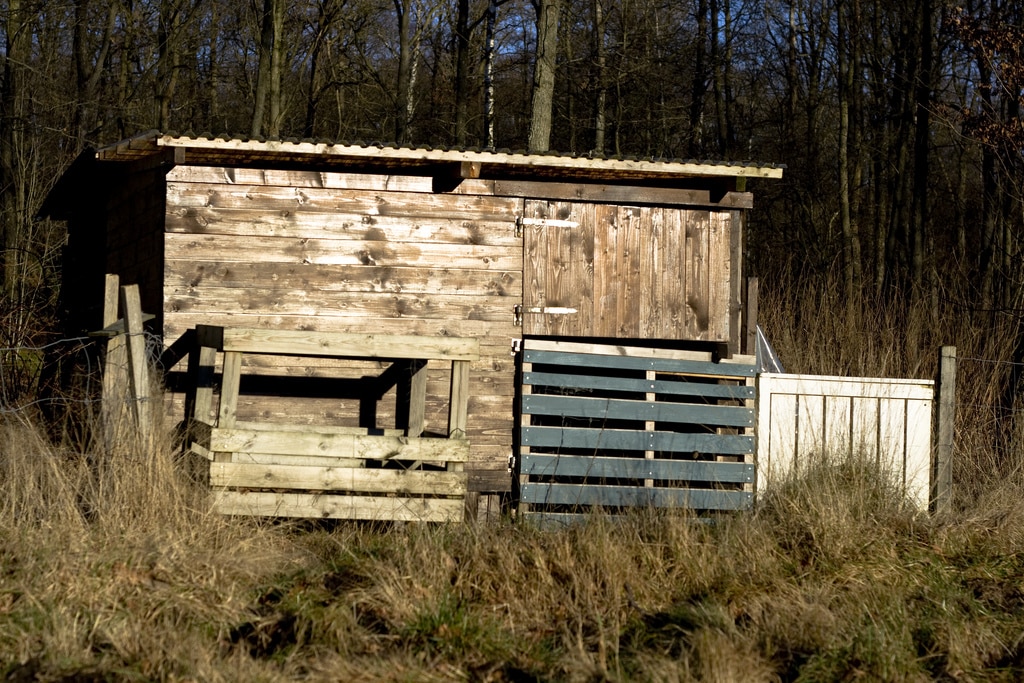The summer of 1979 will live on in my childhood memories. At the ripe old age of nine, my neighborhood pals and I were already masters of summer vacation fun. We made numerous trips to the community pool; played innumerable backyard games of tag, hide-and-seek, and red light, green light; and spent countless hours dashing through our lawn sprinklers. We took every opportunity to play outside, where we would remain from dawn until dusk. Mom would call us in when it was time to eat lunch, then again for dinner, and finally, when it was time to call it a night. If we were lucky enough to be allowed to stay out past 9 o’clock, we could usually be found behind my neighbor’s garage, marveling as lightning bugs danced around us.
We had all the outdoor amenities: a jungle gym, croquet sets, softball equipment, Frisbees, tennis and basketball courts nearby, a neighbor with a tire swing in her backyard, and Barbie doll stations set up on our porches that were always ready to be played with in the event of rain. However, sometime during the summer of 1979, we realized we needed something more—a challenge. We needed to build something! Yes, we needed to put our energy and craftsmanship to the test. We decided to construct our own building, a “kids-only” space where we were in charge. After scouring the neighborhood for scrap wood, we formulated a plan to build the best fort we’d ever seen in my backyard. We found the perfect spot behind my garage, a good 30 yards from the house. Once a vegetable garden, it would now serve as our sovereign property.

At nine, we lacked some of the construction and engineering skills necessary to build a level—much less solid—structure, but we did the best that we could. We used the huge pieces of plywood and particleboard of varying lengths and widths that we’d scavenged, and a few two-by-fours with the nails still attached to them from their previous project. We found an old coffee can filled with nails and other hardware in the garage and “borrowed” my father’s hammers for the project. One day, my father came home from work to discover that we were using his tools without his permission. After a brief lecture about asking first, he gave us a hand with the fort. The end result was a structure that resembled a small shanty. With three and a half sides, a flat roof, and a dirt floor, it could easily accommodate about three of us at a time.
 We were proud of ourselves for creating this structure. We played in it throughout the summer months, occasionally using it as a space to escape the hot sun and sometimes to eat our lunches. That summer, our fort served as a full-time residence for our Raggedy Ann and Andy dolls. We were convinced that they were happy there.
We were proud of ourselves for creating this structure. We played in it throughout the summer months, occasionally using it as a space to escape the hot sun and sometimes to eat our lunches. That summer, our fort served as a full-time residence for our Raggedy Ann and Andy dolls. We were convinced that they were happy there.
I knew other kids who had their own play spaces. One friend had an amazing tree house where we used to climb up and read our Battlestar Galactica magazines and Archie comic books. Another friend had a pop-up tent stationed on his lawn that we used as a getaway. One of my cousins had a huge garden shed behind her family’s dairy barn that we claimed as our “house” where we stored old pots and pans that we filled with grass and dirt. Not all of the forts in my life were outdoors, however. My younger brother was always making “indoor” forts using the couch and some chairs, along with blankets draped over the top to create his dwelling. My mother would often find him napping in these impromptu structures.

I have fond memories of all the forts and tree houses that I’ve encountered. To this day, when I see a huge cardboard box my mind goes immediately into “fort-mode,” and I think about what type of structure I could potentially make out of it for my young nephews. Driving through Rochester and its suburbs, I see all types of playhouses and forts, most of them professionally manufactured. I smile whenever I pass by one of them, remembering what it was like to be a kid and have a small place of my own in this big, big world. It was my space, and I liked it that way.



